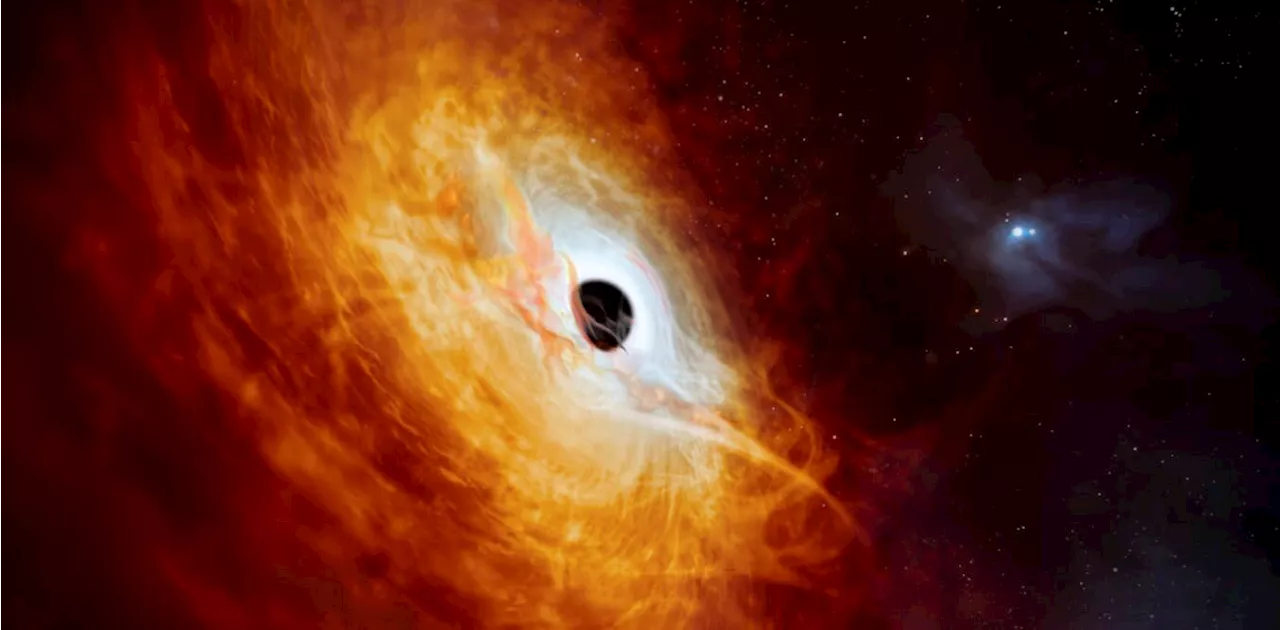Astronomers exploring the faraway universe with the James Webb Space Telescope, NASA's most powerful telescope, have found a class of galaxies that challenges even the most skillful creatures in mimicry—like the mimic octopus. This creature can impersonate other marine animals to avoid predators. Need to be a flatfish? No problem.
Hidden, compact galaxies in the distant universe—searching for the secrets behind the little red dots retrieved 8 September 2024 from https://phys.org/news/2024-09-hidden-compact-galaxies-distant-universe.html
This document is subject to copyright. Apart from any fair dealing for the purpose of private study or research, no part may be reproduced without the written permission. The content is provided for information purposes only. Supermassive black holes have masses of more than a million suns—but their growth has slowed as the universe has agedSupermassive black holes have masses of more than a million suns—but their growth has slowed as the universe has agedUse this form if you have come across a typo, inaccuracy or would like to send an edit request for the content on this page. For general inquiries, please use ourThank you for taking time to provide your feedback to the editors.
Your feedback is important to us. However, we do not guarantee individual replies due to the high volume of messages.to let the recipient know who sent the email. Neither your address nor the recipient's address will be used for any other purpose. The information you enter will appear in your e-mail message and is not retained by Phys.org in any form.Get weekly and/or daily updates delivered to your inbox.
Physics News Science News Technology News Physics Materials Nanotech Technology Science
United States Latest News, United States Headlines
Similar News:You can also read news stories similar to this one that we have collected from other news sources.
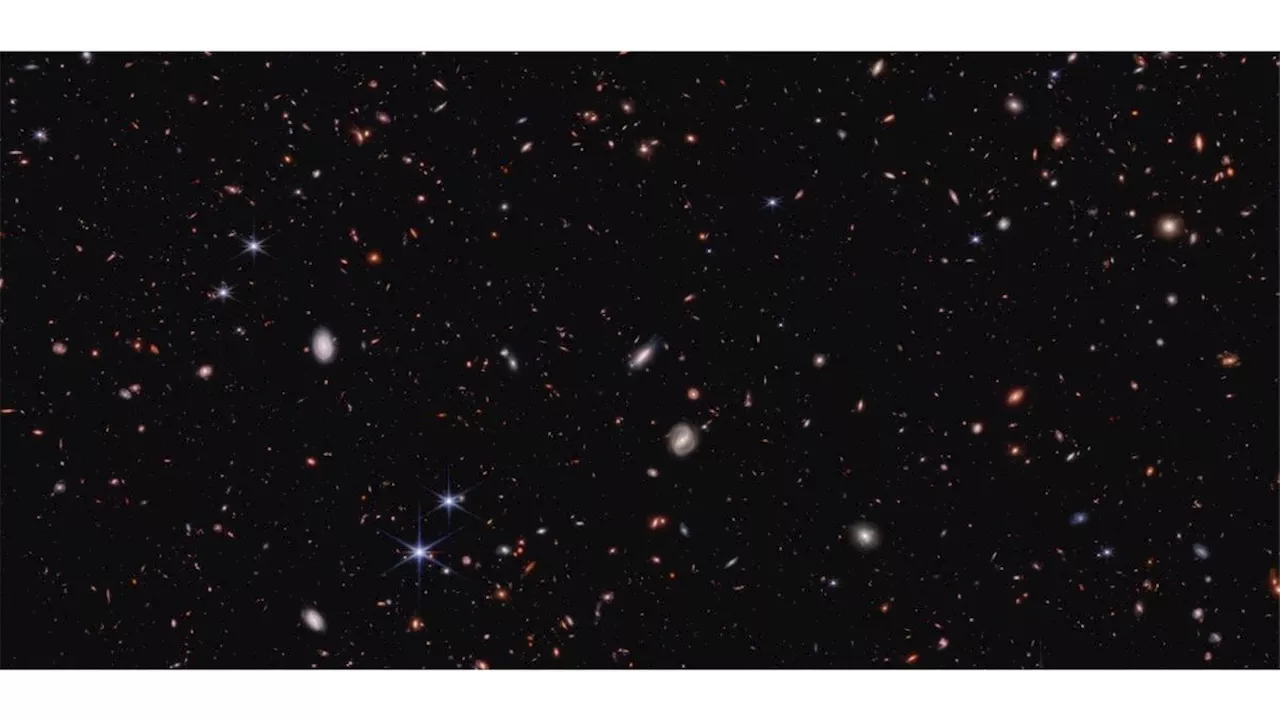 Early galaxies weren't mystifyingly massive after all, James Webb Space Telescope findsCharles Q. Choi is a contributing writer for Space.com and Live Science. He covers all things human origins and astronomy as well as physics, animals and general science topics. Charles has a Master of Arts degree from the University of Missouri-Columbia, School of Journalism and a Bachelor of Arts degree from the University of South Florida.
Early galaxies weren't mystifyingly massive after all, James Webb Space Telescope findsCharles Q. Choi is a contributing writer for Space.com and Live Science. He covers all things human origins and astronomy as well as physics, animals and general science topics. Charles has a Master of Arts degree from the University of Missouri-Columbia, School of Journalism and a Bachelor of Arts degree from the University of South Florida.
Read more »
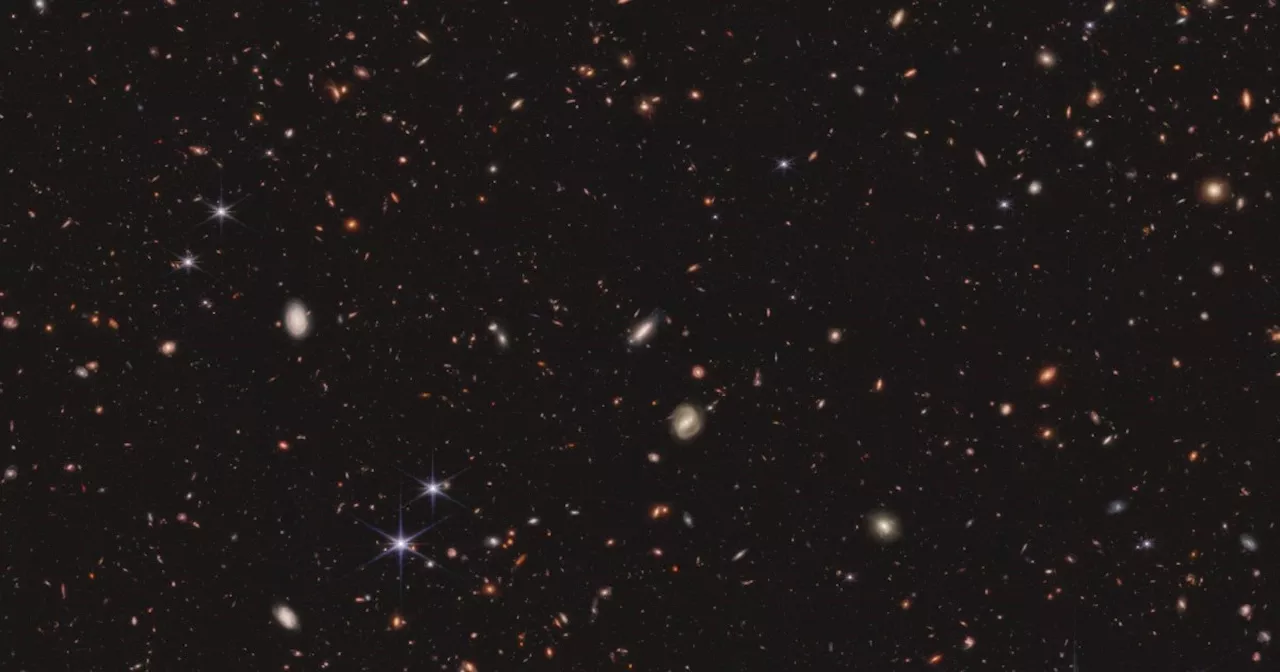 James Webb is explaining the puzzle of some of the earliest galaxiesWebb has been causing bafflement in the field of cosmology. But the problem isn't that the universe is broken — it's that early black holes were playing tricks.
James Webb is explaining the puzzle of some of the earliest galaxiesWebb has been causing bafflement in the field of cosmology. But the problem isn't that the universe is broken — it's that early black holes were playing tricks.
Read more »
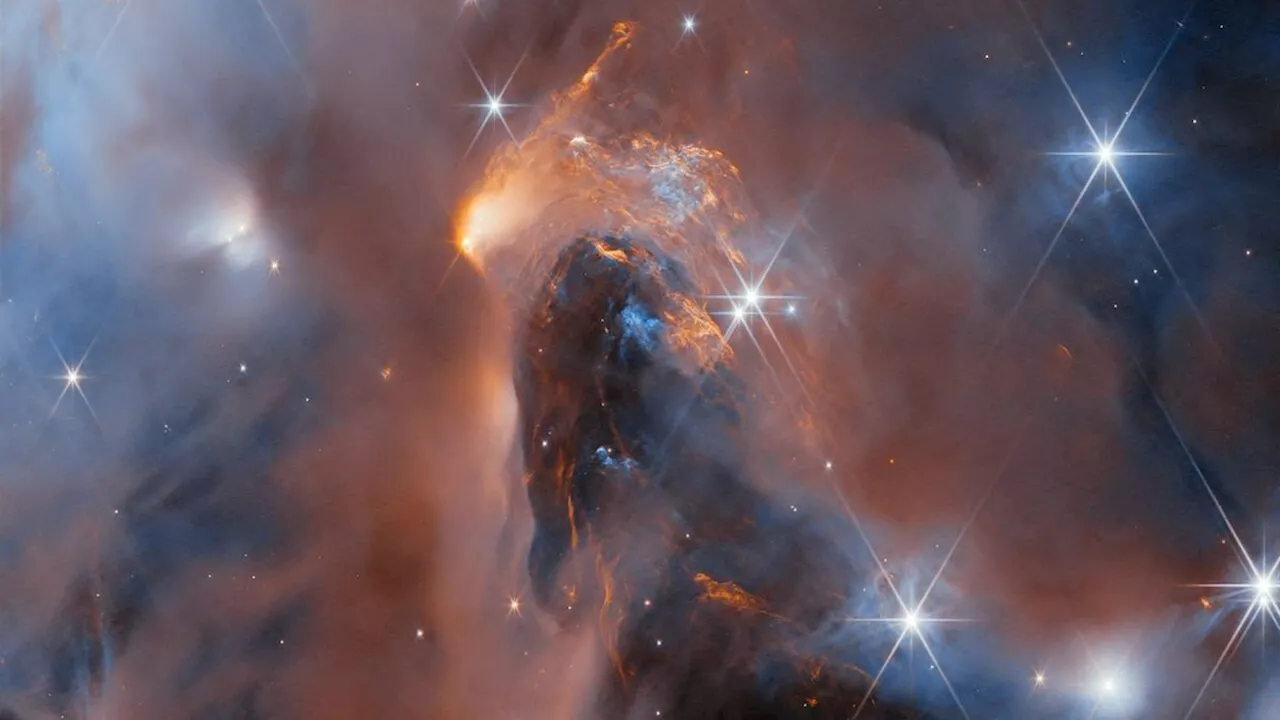 James Webb telescope spots 6 enormous 'rogue planets' tumbling through space without a starBen Turner is a U.K. based staff writer at Live Science. He covers physics and astronomy, among other topics like tech and climate change. He graduated from University College London with a degree in particle physics before training as a journalist.
James Webb telescope spots 6 enormous 'rogue planets' tumbling through space without a starBen Turner is a U.K. based staff writer at Live Science. He covers physics and astronomy, among other topics like tech and climate change. He graduated from University College London with a degree in particle physics before training as a journalist.
Read more »
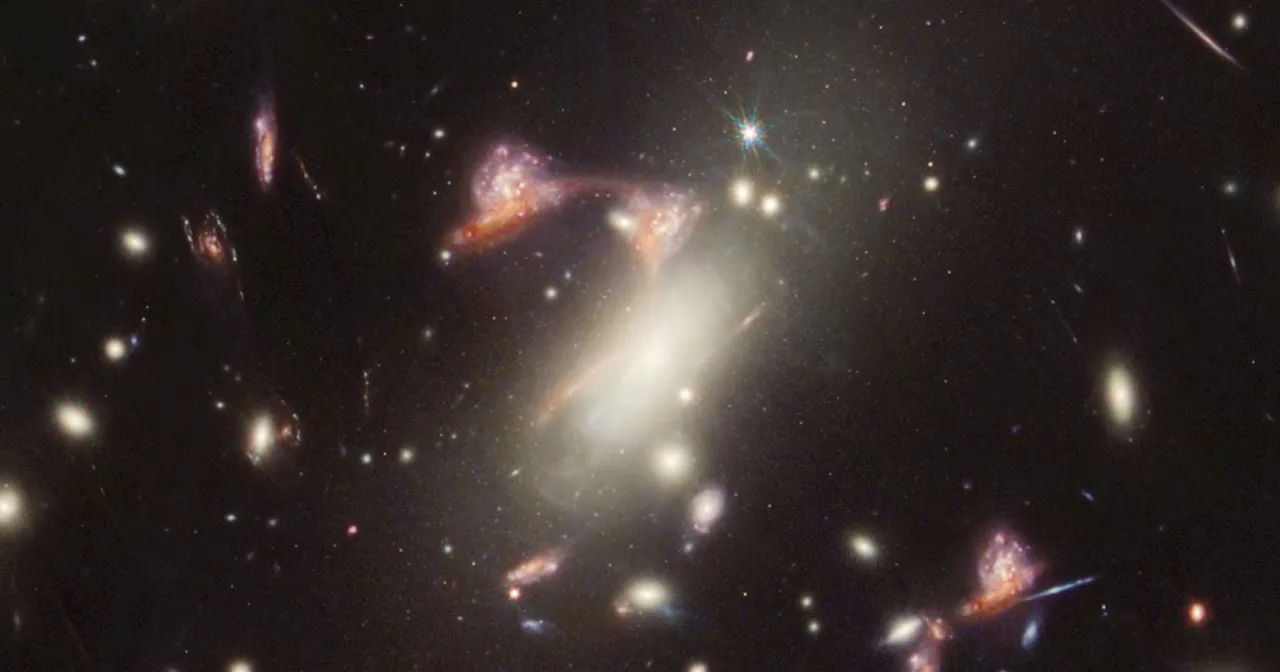 James Webb spots another pair of galaxies forming a question markWebb has stumbled across a question mark-shaped galaxy, and the reasons for its uniqueness reveal how the telescope looks at some of the most distant galaxies.
James Webb spots another pair of galaxies forming a question markWebb has stumbled across a question mark-shaped galaxy, and the reasons for its uniqueness reveal how the telescope looks at some of the most distant galaxies.
Read more »
 James Webb Space Telescope finds 6 wandering 'rogue' planets that formed just like starsKeith Cooper is a freelance science journalist and editor in the United Kingdom, and has a degree in physics and astrophysics from the University of Manchester.
James Webb Space Telescope finds 6 wandering 'rogue' planets that formed just like starsKeith Cooper is a freelance science journalist and editor in the United Kingdom, and has a degree in physics and astrophysics from the University of Manchester.
Read more »
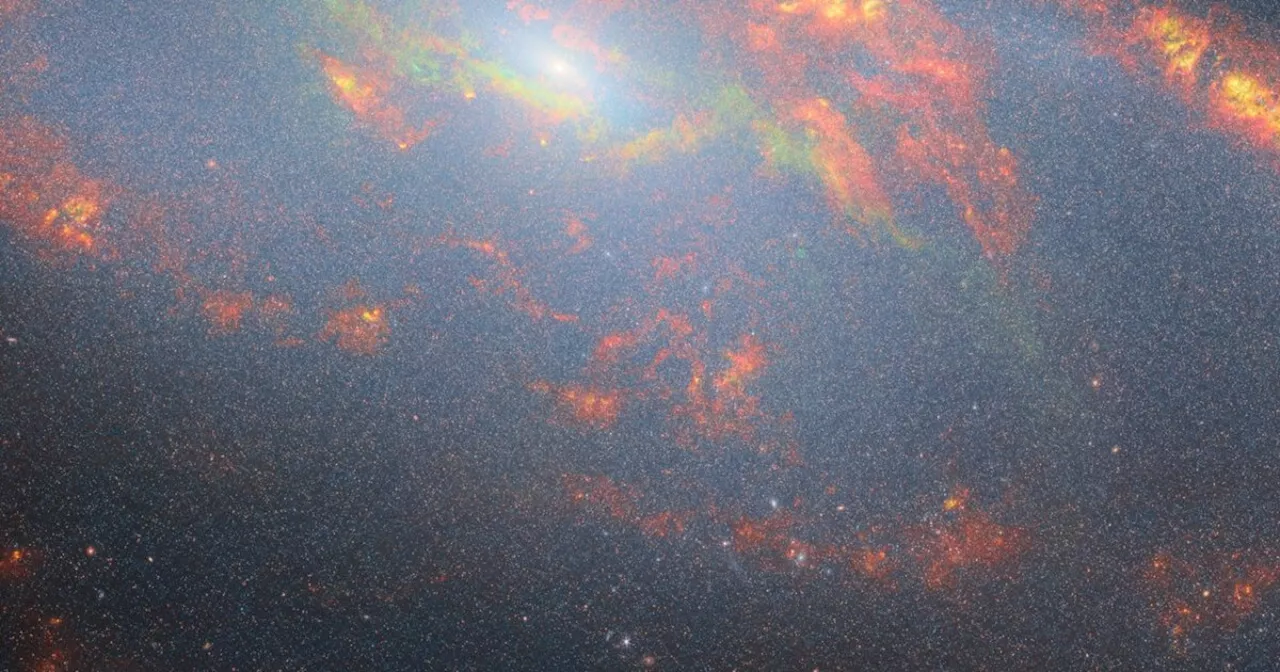 James Webb Telescope captures gorgeous galaxy with a hungry monster at its heartA new image from the James Webb Space Telescope shows off a nearby galaxy called Messier 106.
James Webb Telescope captures gorgeous galaxy with a hungry monster at its heartA new image from the James Webb Space Telescope shows off a nearby galaxy called Messier 106.
Read more »
